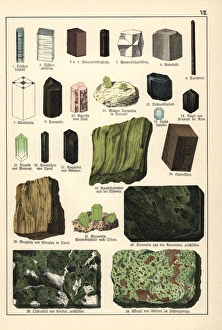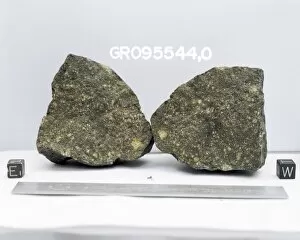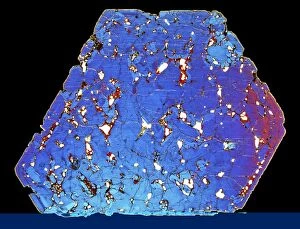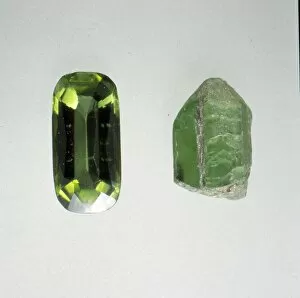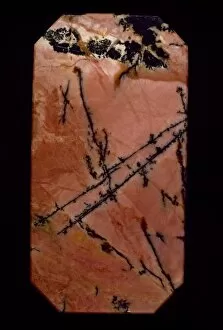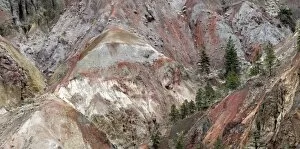Pyroxene Collection
Pyroxene, a fascinating group of minerals and crystals, encompasses various members like kyanite, asbestos, augite, diopside, bronzite, hypersthene, wollastonite
All Professionally Made to Order for Quick Shipping
Pyroxene, a fascinating group of minerals and crystals, encompasses various members like kyanite, asbestos, augite, diopside, bronzite, hypersthene, wollastonite. These silicates form the pyroxene group and display mesmerizing colors in lithographs. Delving deeper into the Earth's structure reveals the presence of pyroxenes in the lower mantle. A cross-section of our planet showcases their significance in shaping its composition and dynamics. Even beyond our planet's boundaries, pyroxenes leave their mark. Chondrite meteorites C013/7777 and C013/7776 bear witness to these remarkable minerals' extraterrestrial existence. HED meteorites captured through light micrographs (C013/7774) offer glimpses into their celestial journey. Intriguingly polarized under a microscope (C013/4592), pyroxene augite exhibits stunning patterns that captivate scientific minds and inspire awe among enthusiasts. The allure of pyroxenes extends to precious gemstones as well. The Jade group boasts exquisite specimens like chrome diopside and rhodonite which showcase nature's artistry at its finest. One cannot overlook the enigmatic beauty found within the Abee EH4 enstatite chondrite—a testament to how they can astound us with their unique characteristics even when part of cosmic objects. Finally, jadeite crystal and cut stones exemplify how humans have harnessed these captivating minerals for adornment throughout history—transforming them into symbols of elegance cherished by many cultures worldwide.


